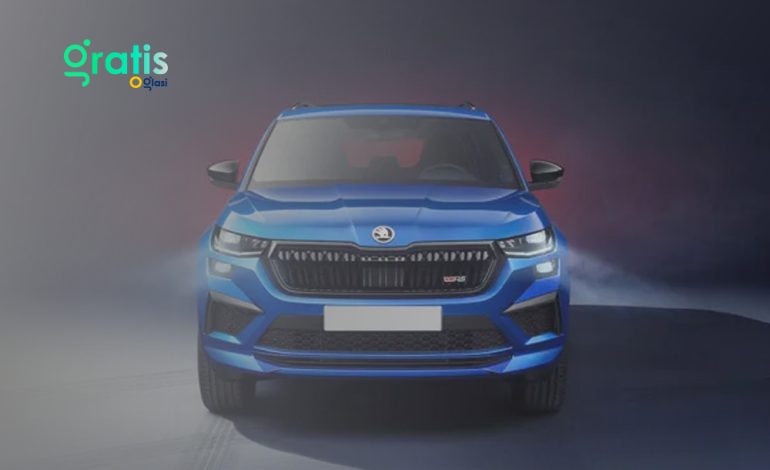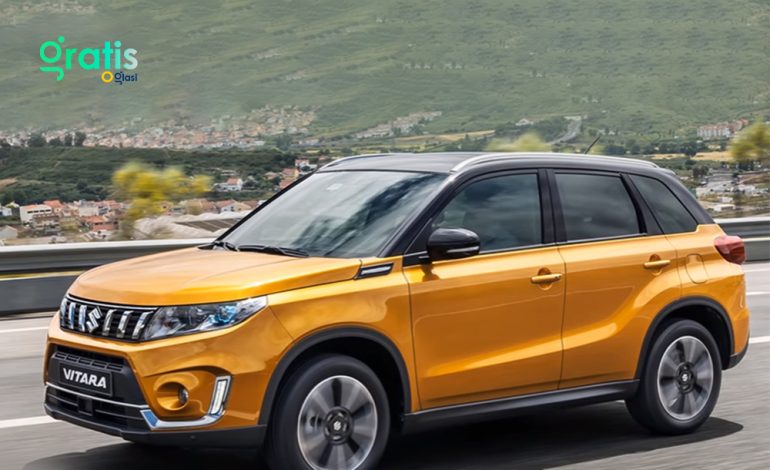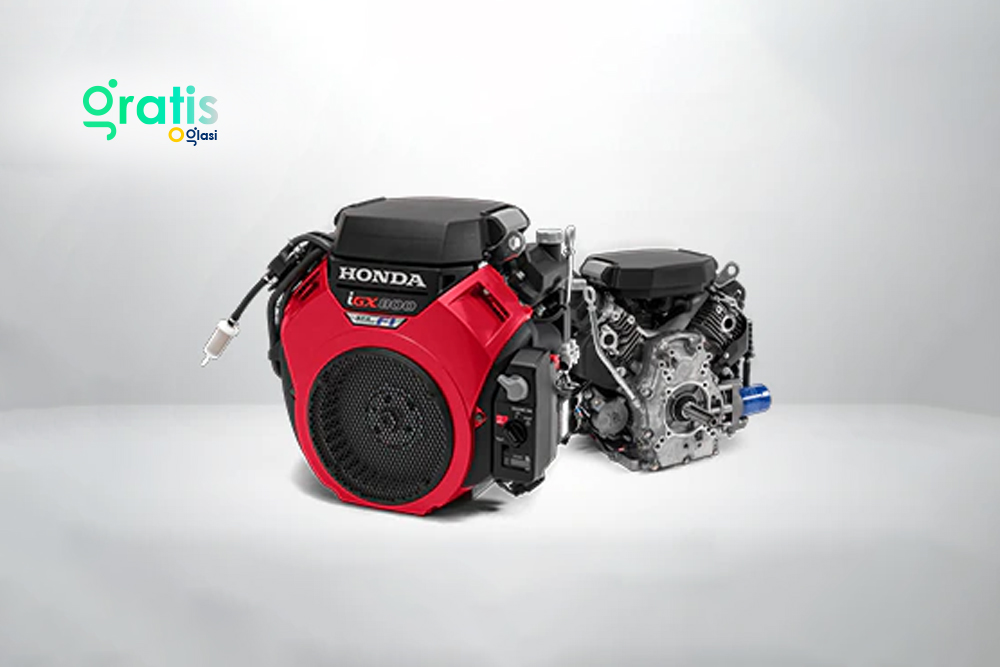
Exploring the Advanced Safety Features of Skoda Kodiaq
Skoda Kodiaq has stayed a big name in the SUV market thanks to its great looks, useful features, and easy driving. With its roomy interior and tough exterior, the Kodiaq is a great example of Skoda’s job to make cars that meet the needs of all modern drivers. Skoda has always put safety first, and the Kodiaq is no different. Because it has cutting-edge safety features, the Kodiaq gives both drivers and passengers a feeling of calm on every trip. Skoda prioritized safety in the Kodiaq with new driver-assistance systems and robust measures.
One of the best things about the Kodiaq is how many driver-assistance systems it has. These frameworks use cutting-edge technology to help keep accidents from happening or make their effects less severe when they do.
Grasping Security in Cars
Understanding vehicles should be a top concern for both automakers and drivers. This covers modern security standards, new accident prevention findings for tenant safety, and evolving highlights.
Evolution of Car Safety
Vehicles have changed over time thanks to big steps forward in technology and fresh ideas. In the beginning, cars weren’t always a good idea, and no one really thought about how to keep renters safe in case of an accident. But as the auto business grew, so did its understanding of how important security was. When seatbelts came out in the 1950s, they were a big step forward in making cars safer.
Some people weren’t sure about safety belts at first, but they quickly became seen as an important safety trait that would save many lives in the long run. Over time, improvements like fold zones and folding regulating parts have made vehicles safer in crashes and lessened the severity of injuries. In the second part of the 20th century, improvements in mechanics started to make a clear and noticeable difference in how safe cars were.
A lot of cars today have electronic stability control (ESC), footing control, and anti-freeze systems (ABS). These help drivers stay in control of bad weather and lower the number of crashes.
Modern Safety Standards in Skoda Kodiaq
Around the world, strict rules are being put on automakers by lawmakers and governmental agencies. This has made ideas about car security broader than they used to be. These standards cover many areas of car design and use, including the safety of pedestrians, the ability to withstand crashes, and the security of tenants.
Euro NCAP, the European New Car Assessment Program, rates cars based on how well they do in crash tests and how well their safety systems work. This program makes sure that all new cars sold in Europe meet certain standards. In the US, the NHTSA conducts crash tests and sets safety regulations.
Significance of Advanced Safety Features in Skoda Kodiaq
High-level security features cover the newest car edges with cutting-edge technology that can both stop accidents and lessen their effects. These features include a lot of frameworks and new ideas, such as
Independent Crisis Slowing Down (AEB): AEB employs cameras and sensors to detect imminent collisions, automatically applying brakes if the driver doesn’t react quickly. This lessens the impact or stops it altogether.
Versatile Voyage Control (ACC): ACC changes the speed of the vehicle to stay ahead of the car in front of it, which lowers the risk of rear-end accidents.
Path Takeoff Cautioning (LDW) and Path Keeping Help (LKA): Assuming the car floats out of its way, LDW warns the driver. At the same time, LKA helps the car stay on course by contributing to corrective steering.
Vulnerable side-checking (BSM): BSM uses sensors to find cars coming up from the driver’s weak side and sounds an alarm to lower the risk of side-swipe crashes.
The advanced safety features in the Skoda Kodiaq benefit all by reducing accidents. Further improving the safety of drivers and walkers, we can expect new and better safety features to be added to cars in the future.
Learn all about: Audi A6
Core Advanced Safety Features
The way Skoda Kodiaq moves has changed because of ground-breaking improvements in safety. These features utilize advanced structures and sensors to enhance driver awareness, reduce accident risks, and mitigate damages.
Adaptive Cruise Control
A big improvement over traditional cruise control systems is made by Versatile Cruise Control (ACC). Advanced cruise control (ACC) elevates standard travel control, adjusting the Skoda Kodiaq’s speed to avoid collisions. ACC monitors the distance to the vehicle ahead using sensors such as radar or cameras. To keep a safe distance, ACC will slow down the car in front of it if that car slows down. ACC will, however, change the speed if the road ahead clears up or if the car ahead speeds up. This makes driving more stable and lowers the risk of rear-end accidents.
Lane Assist
Route Help, also known as Lane Keeping Assist (LKA), aids drivers in staying on their intended path while driving. Using cameras or sensors, Path Help compares the car’s position to pre-marked routes. You can hear, see, or feel an alarm if the framework notices that the vehicle is veering off its planned path without signalling. This is to warn the driver. Path Help offers corrective directional assistance to guide the vehicle back on course during specific tasks. This adds an extra safety measure, especially on long trips or when the driver’s competence is a worry.
Emergency Braking System in Skoda Kodiaq
A Crisis Avoidance System (CAS), also known as Independent Emergency Braking (AEB), aims to reduce or eliminate crash severity. EBS constantly checks the road ahead for possible obstacles like people, cars, or things that aren’t moving. It does this by using devices like radar, lidar, or cameras.
If the system senses an impending collision and sees that the driver isn’t reacting properly, it will automatically apply the brakes to lessen the impact or stop the crash altogether. As an important part of current car safety features, EBS can work at different speeds and is strong in a range of driving conditions.
Blind Spot Detection
Vulnerable side recognition (BSD) can find the weak spot on a car or object and let the driver know about it. Using the side mirrors or the rearview mirror should make it easy for the driver to get through these areas. BSD often uses sensors on the sides of vehicles to keep an eye on the paths next to them so that vehicles don’t get too close to the vulnerable side zones. When BSD finds a weak car, it will often turn on an alarm light that can be seen on the dashboard or in the rearview mirror. It might also sound an alarm to let the driver know about the possible risk. Because BSD lets drivers know about nearby paths, they can change their paths more safely and lower the risk of side-swipe accidents.
Driver Assistance Systems in Skoda Kodiaq
Driver Assistance Systems (DAS) are necessary to make the roads safer because they use cutting-edge technology to help drivers in a variety of situations. Weakness Discovery frames are meant to watch drivers’ actions for signs of being tired or worn out and then send them warnings to get them to rest and cut down on accidents caused by tired driving. Traffic sign recognition systems use cameras or sensors to read traffic signs and give drivers real-time information about speed limits and road conditions. This makes driving safer and lowers the risk of traffic crimes.
Electronic Stability Control enhances car stability, reduces accident risks, detects oversteer and understeer, and helps drivers maintain control during testing. Together, these Driver Help Frameworks help build more roads and keep accidents from happening.
Frequently Asked Questions (FAQs)
ACC changes speed in light of the separation from the vehicle ahead, upgrading contrasted with conventional journey control.
Path Help cautions drivers on the off chance that they float without flagging. It can give remedial guiding contributions to keep the vehicle in its path, particularly valuable during lengthy drives or when weakness is a worry.
EBS consequently applies brakes on the off chance that a crash is unavoidable, decreasing effect seriousness or keeping away from impacts, by and large, making it fundamental for present-day vehicles.
Conclusion
After many years of growth, vehicle safety features have changed a lot. They started with safety belts and now include cutting edge features like Flexible Journey Control, Path Assist, and Crisis Slowing mechanisms. These new ideas make the streets safer by lowering the number and severity of crashes and making it safer for people in cars. As technology keeps getting better, more safety changes for cars are on the way. This will make the streets safer for everyone. Manufacturers and drivers should use these new ideas to make the roads safer for everyone.






